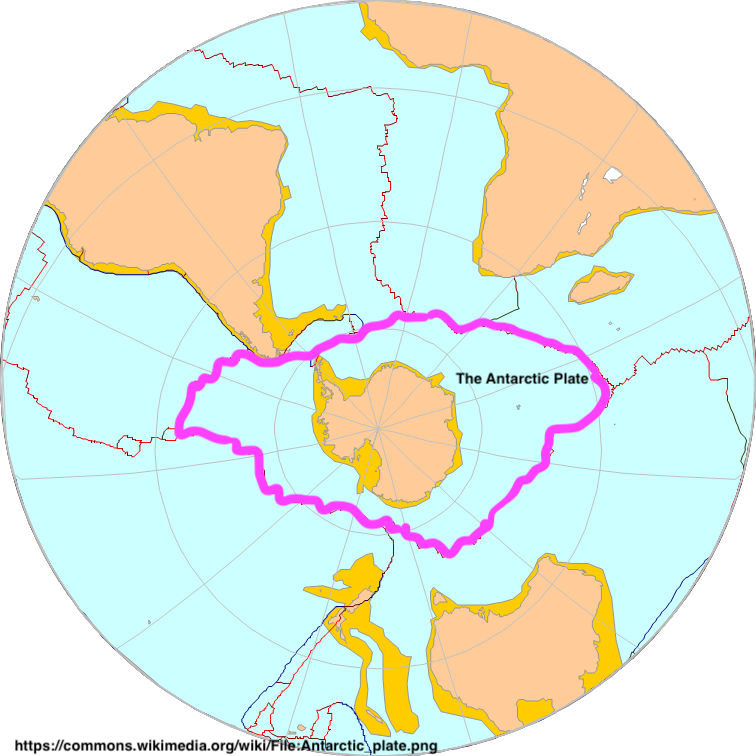
Antarctica’s voyage across the ocean
Plate tectonics is the theory that Earth’s outer shell is divided into several plates that glide over the mantle, the rocky inner layer above the core.
The Antarctic Plate is a tectonic plate containing the continent of Antarctica and extending outward under the surrounding oceans.
At one point in Earth’s history there was a supercontinent called Pangea made up of all the continents that we know today.
The southern part of that continent was called Gondwana (or Gondwanaland) and was made up of Africa, South America, Australia, Antarctica, the Indian subcontinent and the Arabian Peninsula.
After Gondwana started to break up Australia and Antarctica clung together longer; in fact, Antarctica and Australia didn’t make their final split until about 45 million years ago.
The Antarctic plate began moving the continent of Antarctica south to its present isolated location while Australia moved northwards.
Antarctica’s move south caused the continent to develop a much colder climate, though the movement to the South Pole was not the only factor in making it colder.
Researchers on a French icebreaker recently dated the ocean floor and calculated the relative motion between the Antarctic Plates and the Australian Plate.
The new data showed that Antarctica fused into one plate around 11 million years ago, roughly 15 million years later than previously assumed.
Antarctica has a stable Eastern section and a more tectonically active western section consisting of microplates.
The motion between East Antarctic and West Antarctic Plates created one of the longest mountain ranges in the world (the Transantarctic Mountains).
At the same time it also caused the eruption of hundreds of volcanoes, mostly under the ice sheets, and shaped the landforms of Antarctica that we cannot see today because they have been buried by ice.
The familiar continents of today are really only a temporary arrangement in a long history of continental movement. Landmasses on Earth are in a constant state of slow motion, and have, at multiple times, come together as one.
Over the next 50 million years Antarctica will move north, shedding its icecap. Roughly 100 million years from now, it will plow into the Indian Ocean, and 50 million years later wedge itself between Madagascar and Indonesia.

